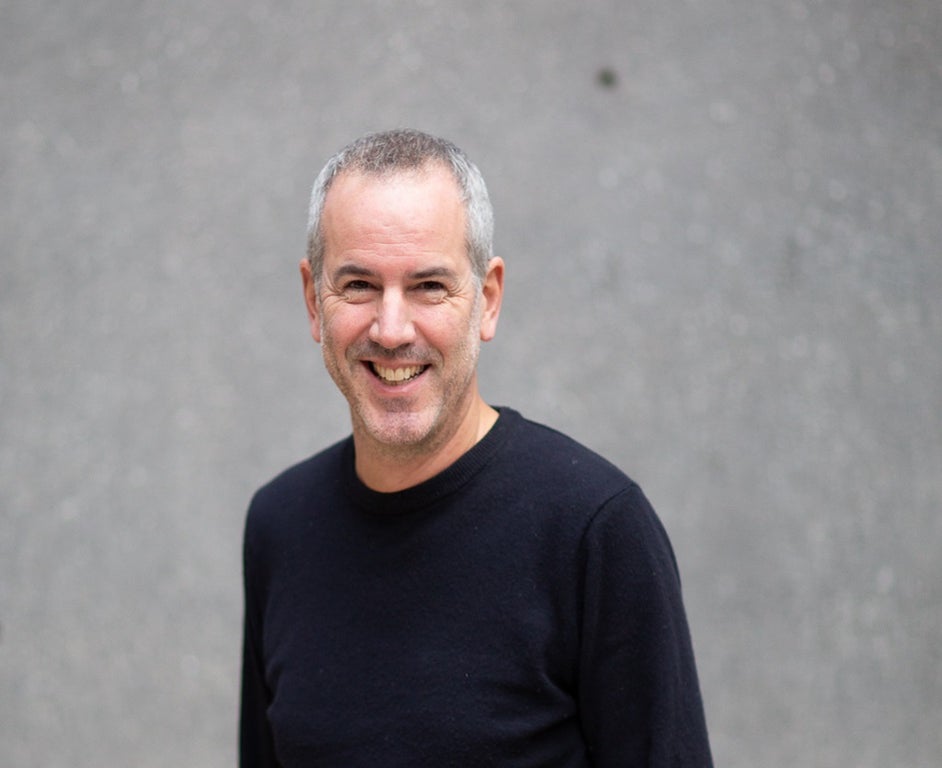
Tim Sapsford on the next frontier in OOH advertising
Journalist Michael Feeley from New Digital Age recently spoke with Posterscope’s Managing Director, Tim Sapsford, on how digital screens and programmatic advertising are transforming the ways that brands leverage outdoor campaigns…
Tell me about your role – what sort of things take up your time day-to-day?
It’s an old cliché, but very true, that every day is different. Given how we’re structured and how we operate, I get exposed to a huge range of things, which means no two days are ever the same.
First thing, I always check in with our people. We’ve got an amazing team, and my job is to make sure they’re supported and able to do their best work. Most days I’ll also spend time talking to clients. That’s where much of the action is.
Posterscope is owned by dentsu, and we operate as dentsu’s out-of-home specialist. But we also have our own client base outside dentsu, which is why the Posterscope brand exists. We work directly with brands and with independent media agencies who use us as their outdoor specialist. So my remit covers dentsu agencies, direct clients, and independent agencies – three client bases that keep me well occupied.
We’re deeply connected across the market, so I’m also constantly in touch with media owners to stay ahead of developments and opportunities.
Creativity is something we deliberately embed in everything we do. You can plan the best campaign in the world, but the creative has to be as good as it possibly can be for the campaign to be truly effective. Helping clients and creative agencies get to that point delivers better outcomes for everyone.
What are the big talking points in the world of digital OOH at the moment?
What’s great about digital out-of-home is how good it has genuinely become. In a fragmented media landscape, it’s increasingly front and centre for many clients. It delivers huge reach, it’s trusted and brand-safe, it’s targeted, and it can be activated in real time. It ticks every box that modern marketers want.
We’ve now got digital screens in most environments, and they’re highly demanded. The next frontier is how we build on creativity through those screens: holograms, 3D anamorphic formats, and other tech-driven innovation. You only have to look at the brands getting involved, Balenciaga, for example, to see what’s possible now.
Has the marketplace truly gotten to grips with the creative potential/possibilities of programmatic DOOH, or is the hype still outpacing the reality?
Dynamic creative is an area we’ve championed for over a decade. We ran a major ‘Moments of Truth’ study with JCDecaux and Clear Channel that proved adding dynamic elements to digital OOH drives stronger sales effects – up 16% on average across categories.
Dynamic creative has really changed the game. When people see an ad that recognises the context they’re in, whether it’s raining, sunny, or a particular temperature, it feels more relevant. That immediacy and contextuality makes OOH much more resonant.
Since COVID, we’ve also seen a return to classic creative interpretations, things like special builds, 3D moulds, tactile formats, which have come back strongly. And now, of course, the hype is around programmatic OOH. Early expectations were overblown, but it’s now settled into a more realistic role. For us, whether to use programmatic depends on the brief. It can be a great solution, especially as a complement to traditionally bought OOH. The best results often come when the two run together.
Omnichannel programmatic is particularly exciting because it allows us to see the impact of OOH on search and social behaviour. That’s been really illuminating for demonstrating effectiveness, as measurement is a challenge that OOH has faced for years.
What type of support are your customers most typically looking for at the moment?
Clients often ask how OOH complements other channels; how it amplifies and boosts performance elsewhere. That’s something we’ve studied extensively. Our upcoming research, ‘The Point of Social’, explores how people interact with social media while out of home, building on our earlier ‘Point of Search’ study.”
Of course, you can’t have a business conversation these days without mentioning AI. For us, the real opportunity isn’t just efficiency. It’s about embedding AI into our tools and systems to produce smarter, better planning outputs. That’s already underway.
Another key topic right now is regulation around less healthy foods. With restrictions tightening on TV and online, clients are asking what that means for OOH. We’ve been proactive in helping them understand how to deploy the channel responsibly and effectively alongside other media. The industry has long self-regulated. For example, we’ve avoided placing less healthy food ads near schools for years. There’s a strong collective commitment to keeping it that way.
What does success look like for Posterscope over the next couple of years?
The last few years have been phenomenal, so our aim is to keep that momentum going. We’ve been particularly successful in driving organic growth in OOH spend across the dentsu agencies. Given the diversity of our client base, we have a wide variety of opportunities for further growth.
We’ll continue to invest in research and insight studies like the Moments of Truth, Point of Search and the forthcoming Point of Social, not least because we find that these projects generate leads to help us grow, but they also further industry understanding so everyone benefits, not just for us. We are champions of OOH, and we want the medium the thrive, so we’re happy to do our bit
Finally, we will aim to move faster, reduce admin and free up time for more creative thinking.
This article was first published in New Digital Age Q&A: Tim Sapsford of Posterscope on the “next frontier” of Out of Home ads - New Digital Age